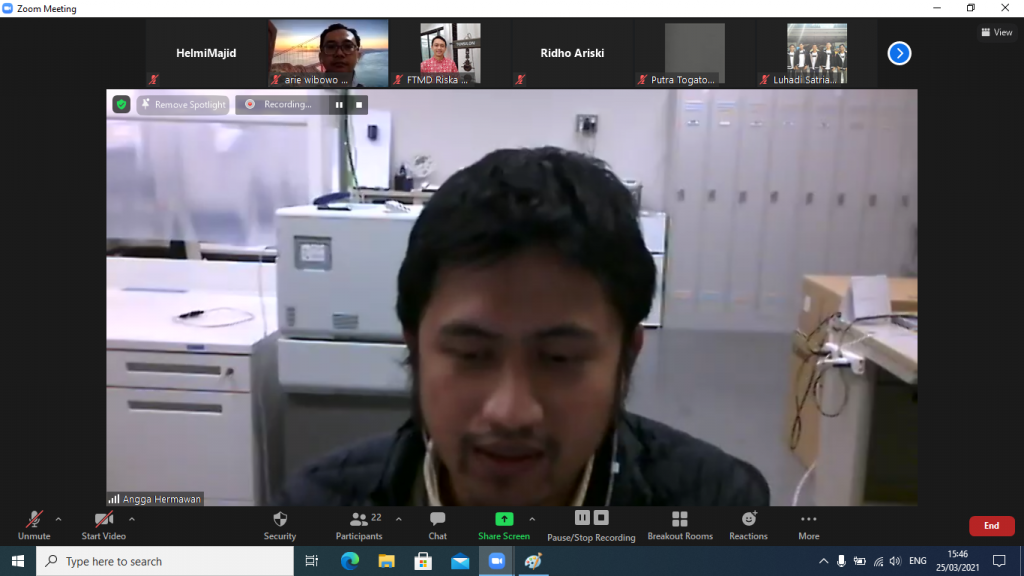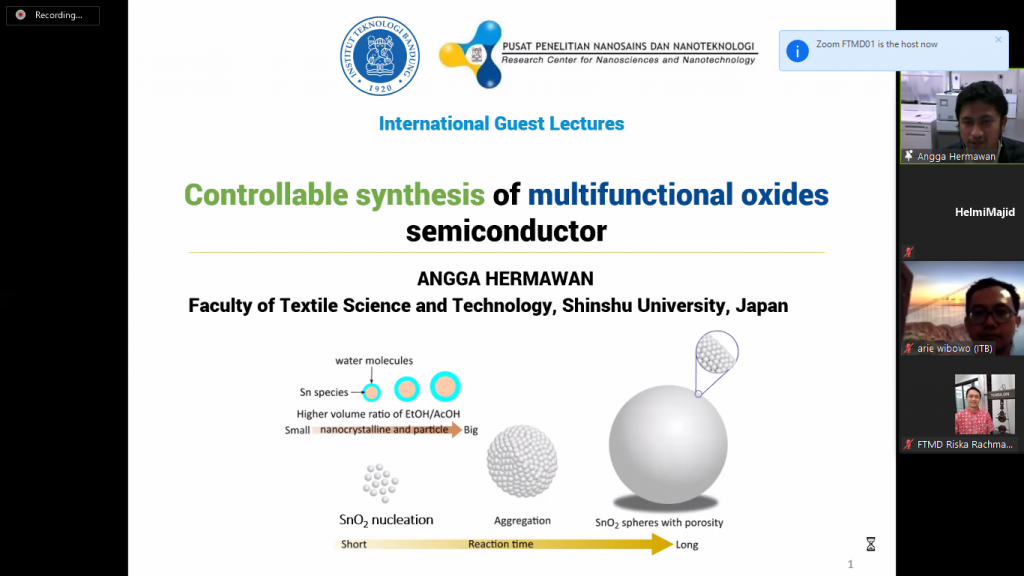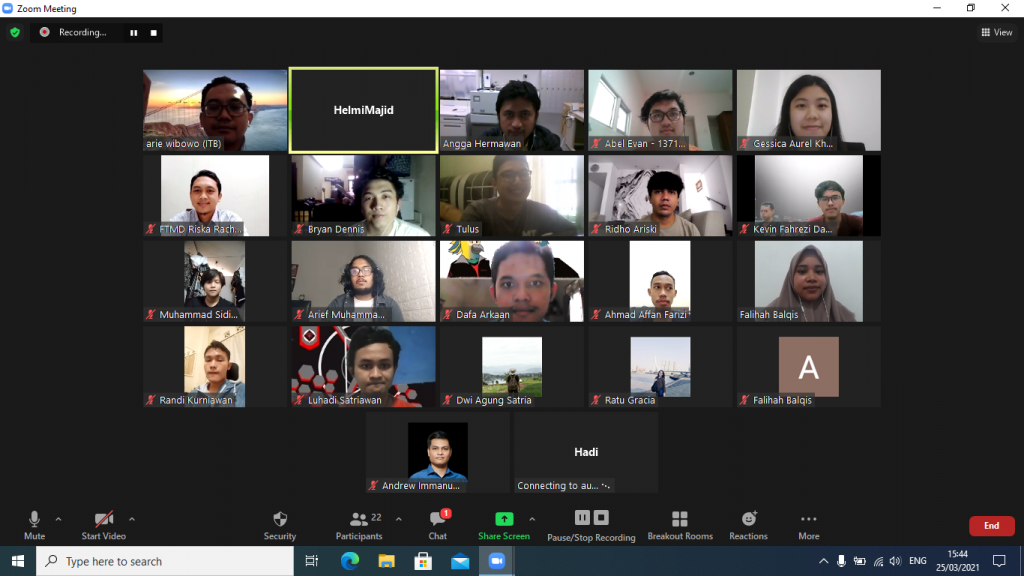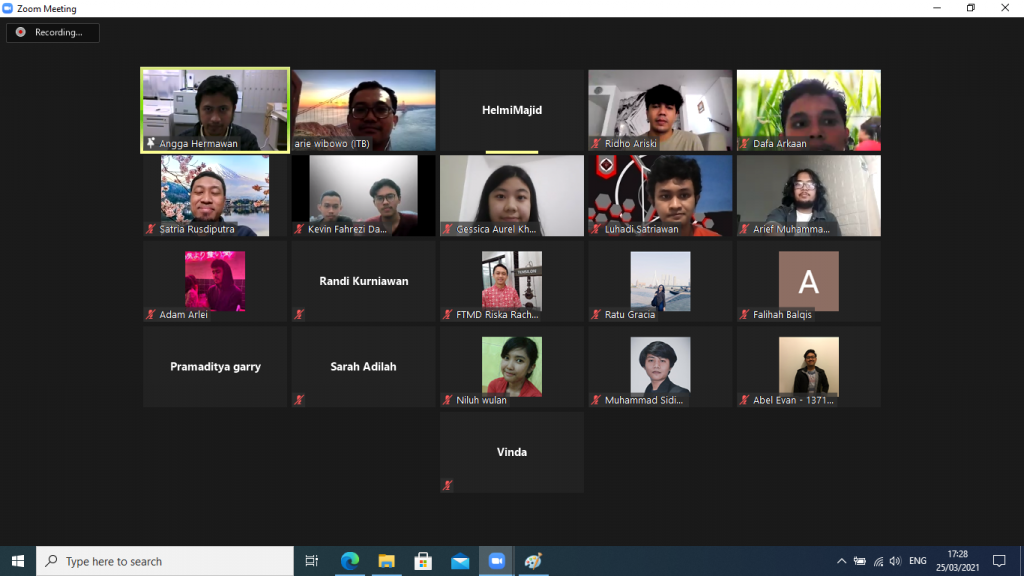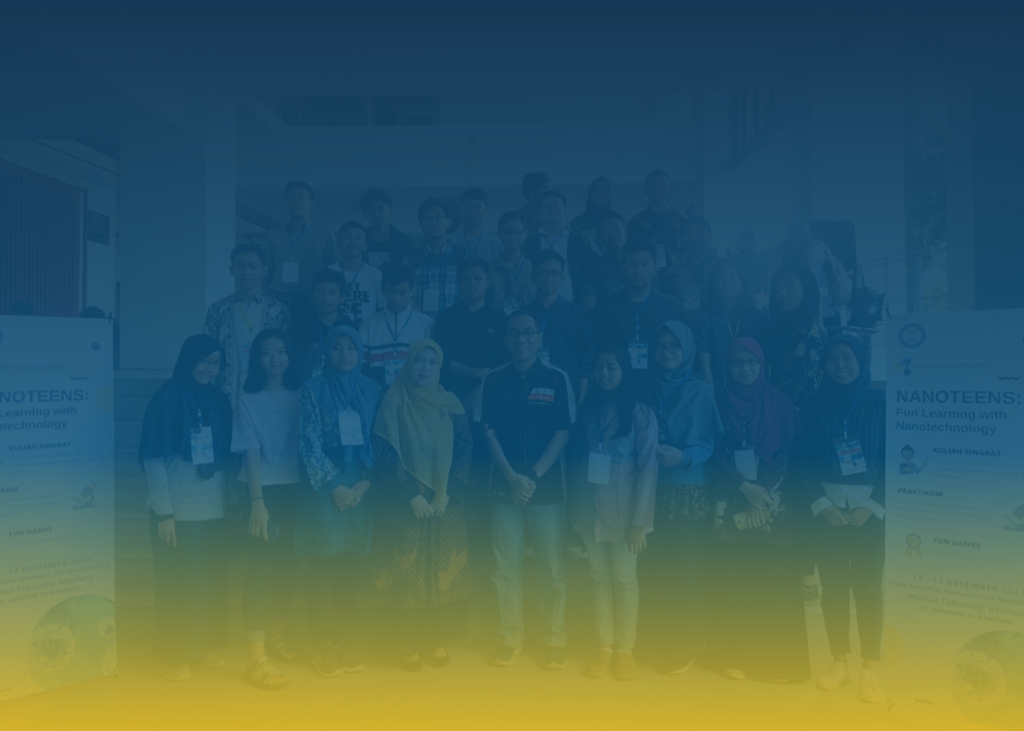This guest lecture event presented Dr. Angga Hermawan from postdoctoral researcher Sugimoto lab. Shinshu University, Japan. In this guest lecture, he explained the results of his research on the synthesis of metal oxide semiconductors. The event was organized by the Faculty of Mechanical and Aerospace Engineering in collaboration with the Research Center for Nanoscience and Nanotechnology.
This guest lecture event presented Dr. Angga Hermawan from postdoctoral researcher Sugimoto lab. Shinshu University, Japan. In this guest lecture, he explained the results of his research on the synthesis of metal oxide semiconductors. The event was organized by the Faculty of Mechanical and Aerospace Engineering in collaboration with the Research Center for Nanoscience and Nanotechnology. hydrothermal dan solvothermal.
The event began with the presentation of the profile of Dr. Angga Hermawan (Dr. Angga) by the moderator, Dr. Arie Wibowo who is a lecturer from Materials Engineering. Next Dr. Angga started the material by conveying information that synthesis using chemical methods is cheaper and does not require complicated equipment. The explanation begins by conveying that metal oxide semiconductor synthesis methods can be synthesized by physical methods (eg PLD, PVD/CVD, spray pyrolysis) and chemical (eg microwave, flow reactor, solid-state, wet method ). It turns out that this physical synthesis requires too much money, so the chemical method is preferred. In this guest lecture there will be a presentation on chemical synthesis using the wet method. Next, he explained the results of the synthesis, which varied in terms of materials and parameters. He also explained that, even though the material used is the same, when the parameters given are different the morphology obtained can be different.
Dr. Angga further explained that several studies that had been carried out were in the form of facet-regulated NiO synthesis by changing the process parameters. The Facet that is intended is a nanoparticle that has a unique geometry. The synthesized NiO has octahedron (111) and hexagon (110) flat geometries. His presentation of the material ends with an explanation of the characterization of the synthesized NiO.
In the question and answer session, participants submitted questions through the chat column and were immediately answered by Dr. Anga. The event ended by taking a group photo with Dr. Tony and the participants. This event was attended by 20 participants, the majority of whom were ITB students from various study programs
